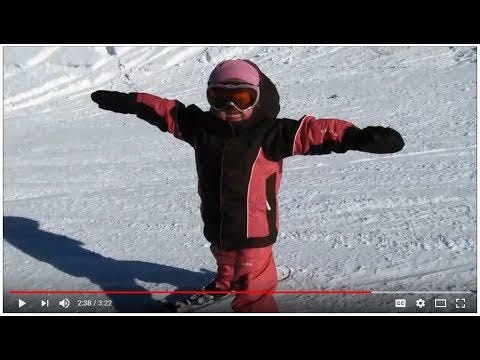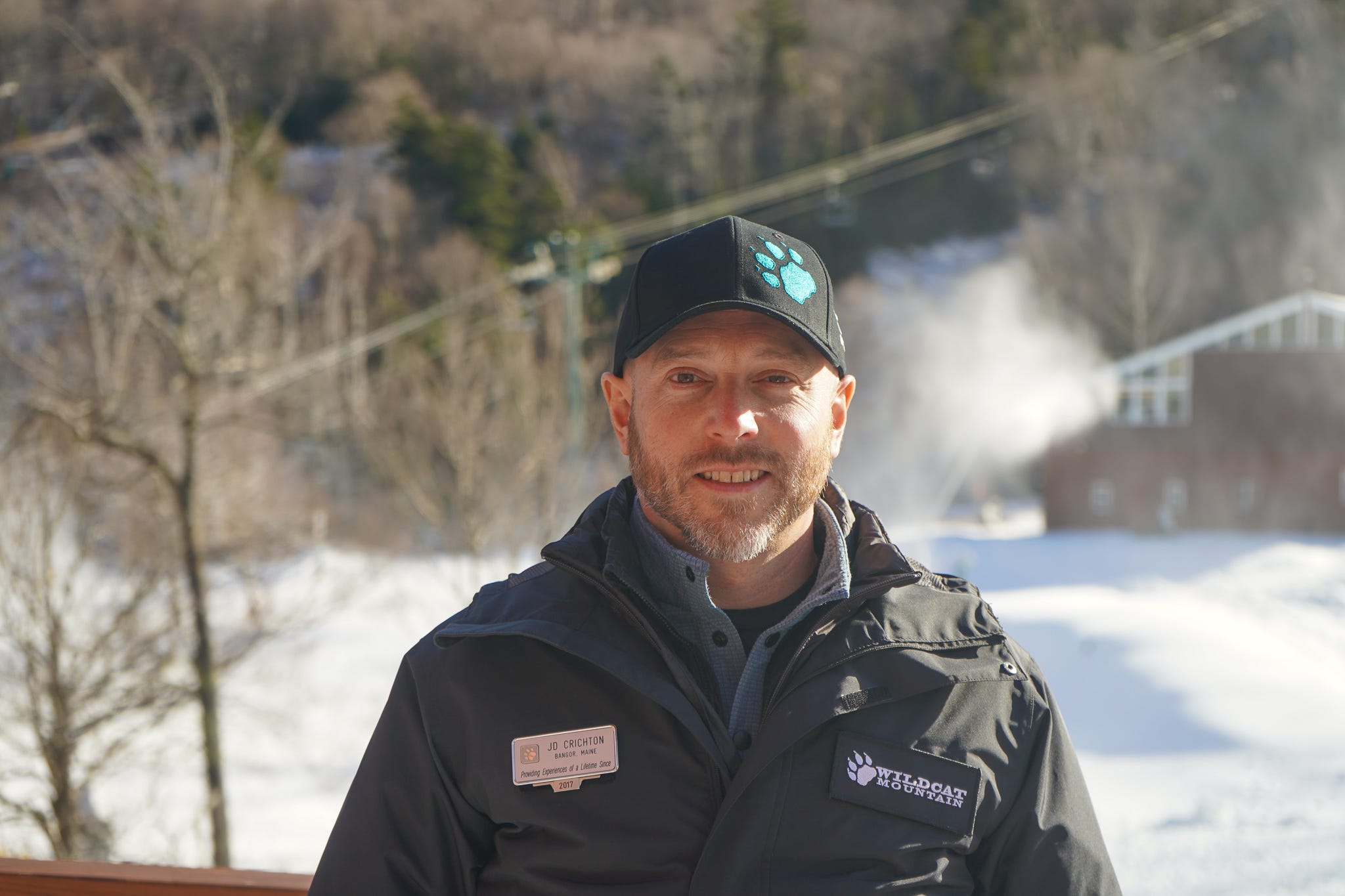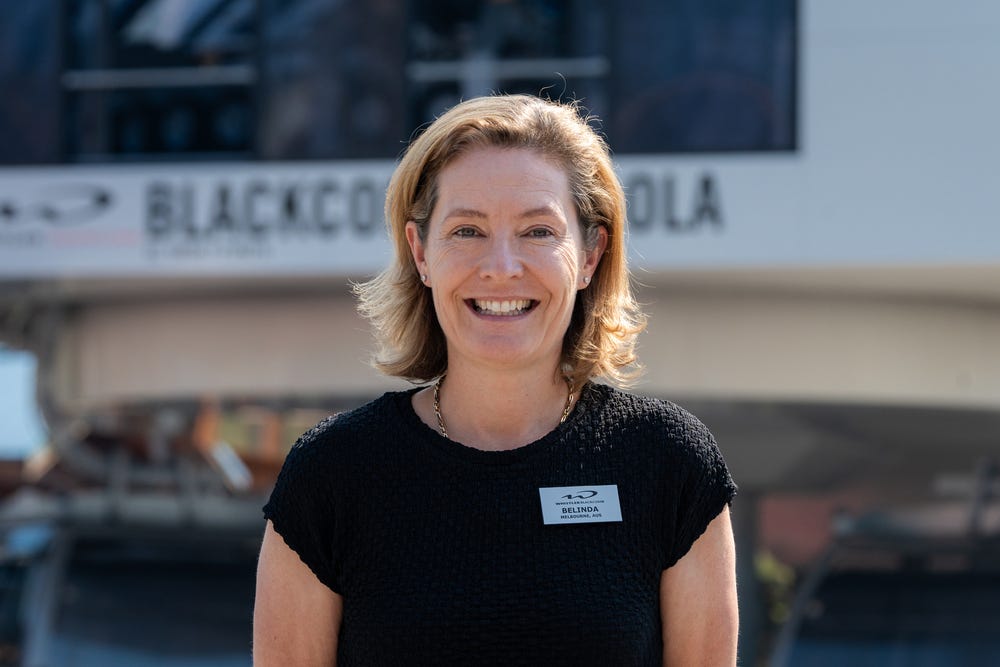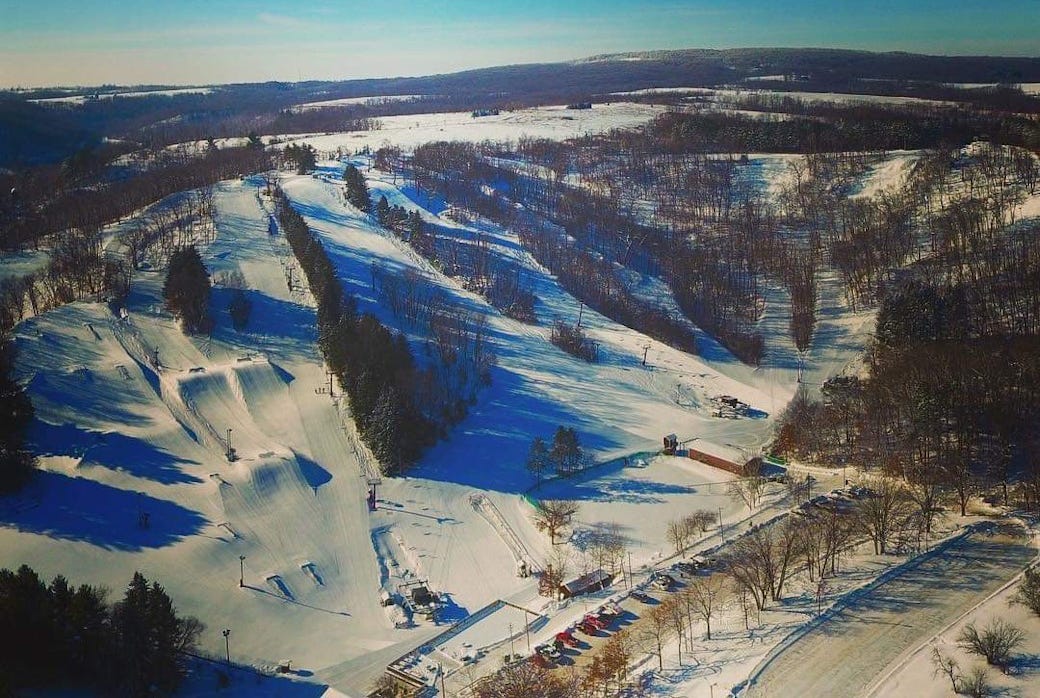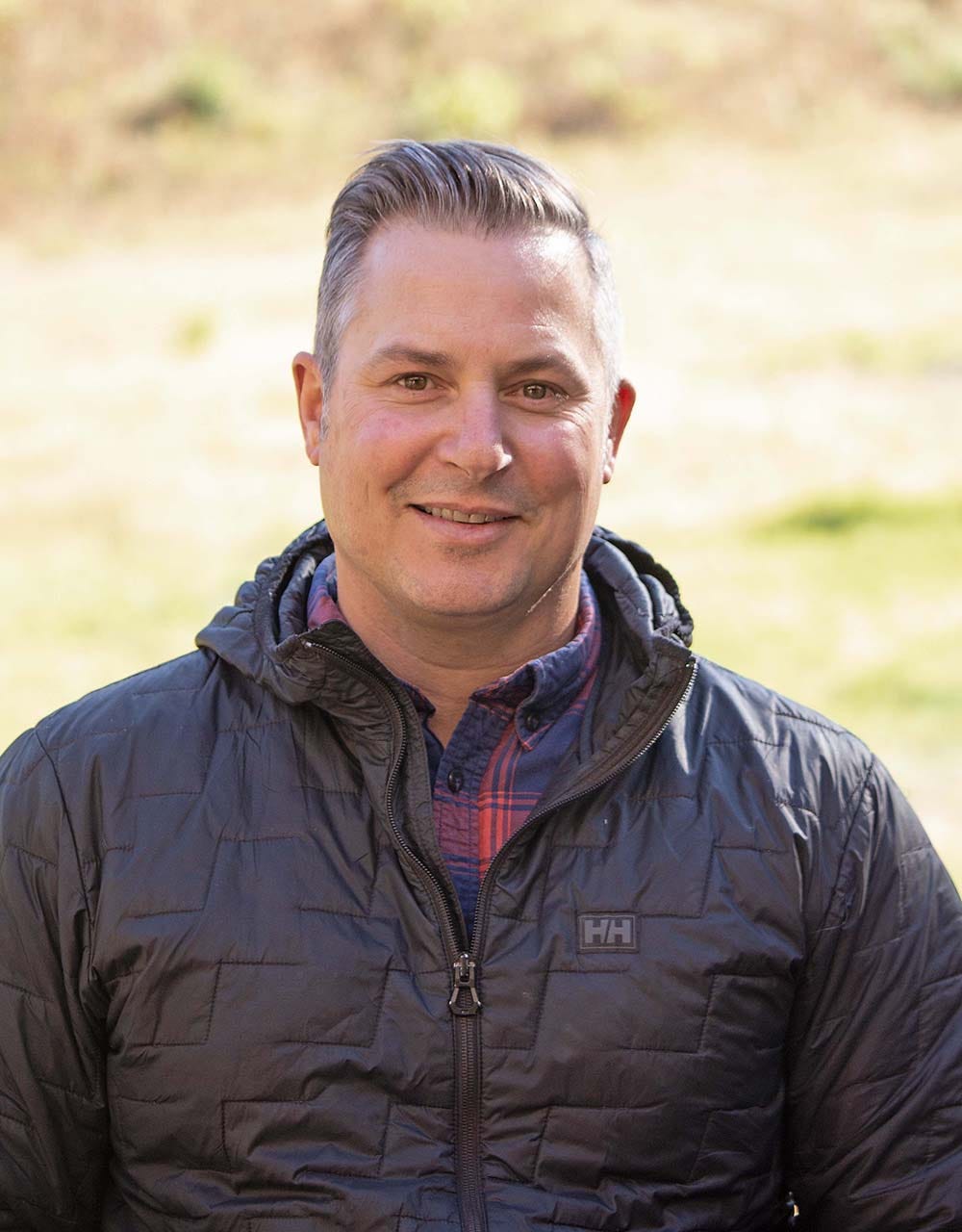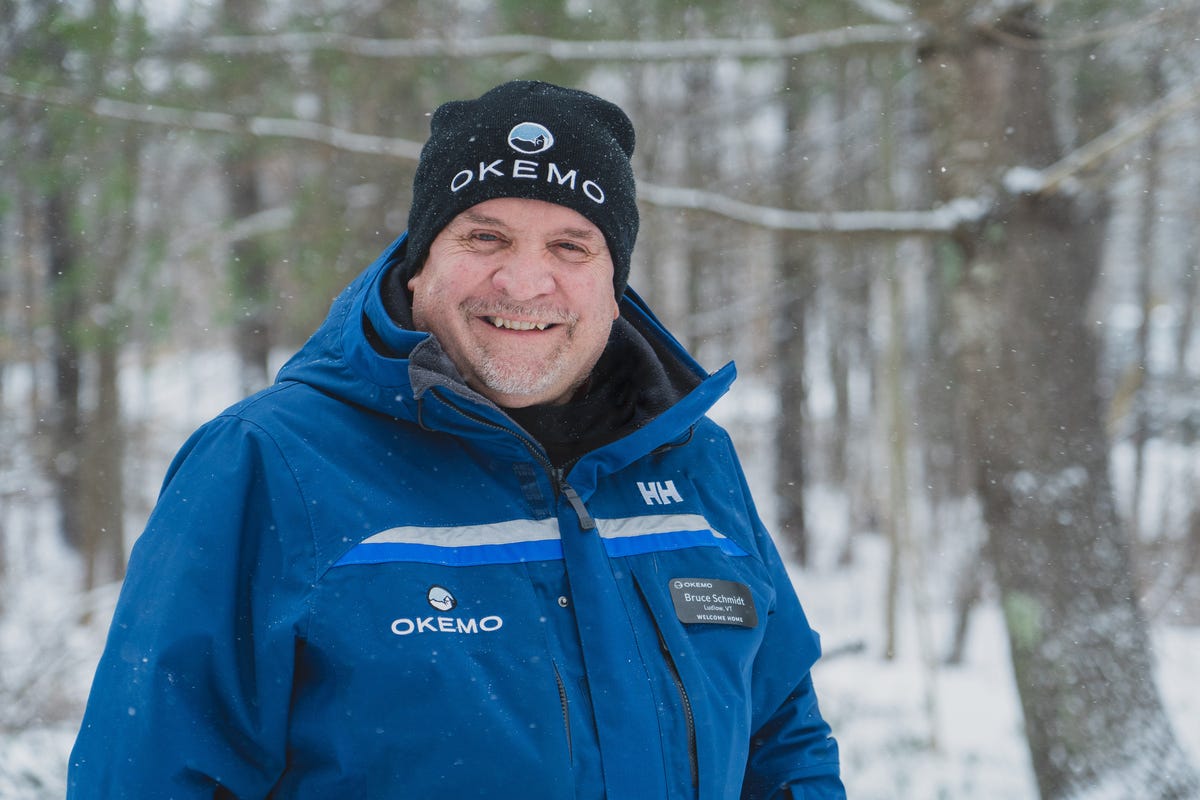Podcast #171: Mission Ridge & Blacktail CEO Josh Jorgensen
Description
This podcast hit paid subscribers’ inboxes on May 3. It dropped for free subscribers on May 10. To receive future pods as soon as they’re live, and to support independent ski journalism, please consider an upgrade to a paid subscription. You can also subscribe to the free tier below:
Who
Josh Jorgensen, CEO of Mission Ridge, Washington and Blacktail Mountain, Montana
Recorded on
April 15, 2024
About Mission Ridge
Click here for a mountain stats overview
Owned by: Larry Scrivanich
Located in: Wenatchee, Washington
Year founded: 1966
Pass affiliations:
* Indy Pass – 2 days with holiday and weekend blackouts (TBD for 2024-25 ski season)
* Indy+ Pass – 2 days with no blackouts
* Powder Alliance – 3 days with holiday and Saturday blackouts
Closest neighboring ski areas: Badger Mountain (:51), Leavenworth Ski Hill (:53) – travel times may vary considerably given weather conditions, time of day, and time of year.
Base elevation: 4,570 feet
Summit elevation: 6,820 feet
Vertical drop: 2,250 feet
Skiable Acres: 2,000
Average annual snowfall: 200 inches
Trail count: 70+ (10% easiest, 60% more difficult, 30% most difficult)
Lift count: 7 (1 high-speed quad, 3 doubles, 2 ropetows, 1 carpet – view Lift Blog’s inventory of Mission Ridge’s lift fleet)
View historic Mission Ridge trailmaps on skimap.org.
About Blacktail
Click here for a mountain stats overview
Owned by: Larry Scrivanich
Located in: Lakeside, Montana
Year founded: 1998
Pass affiliations:
* Indy Pass – 2 days with holiday and weekend blackouts (TBD for 2024-25 ski season)
* Indy+ Pass – 2 days with no blackouts
* Powder Alliance – 3 days with holiday blackouts
Closest neighboring ski areas: Whitefish (1:18 ) - travel times may vary considerably given weather conditions, time of day, and time of year.
Base elevation: 5,236 feet
Summit elevation: 6,780 feet
Vertical drop: 1,544 feet
Skiable Acres: 1,000+
Average annual snowfall: 250 inches
Trail count: (15% easier, 65% more difficult, 20% most difficult)
Lift count: 4 (1 triple, 2 doubles, 1 carpet – view Lift Blog’s inventory of Blacktail’s lift fleet)
View historic Blacktail trailmaps on skimap.org.
Why I interviewed him
So much of Pacific Northwest skiing’s business model amounts to wait-and-pray, hoping that, sometime in November-December, the heaping snowfalls that have spiraled in off the ocean for millennia do so again. It’s one of the few regions in modern commercial skiing, anywhere in the world, where the snow is reliable enough and voluminous enough that this good-ole-boy strategy still works: 460 inches per year at Stevens Pass; 428 at Summit at Snoqualmie; 466 at Crystal; 400 at White Pass; a disgusting 701 at Baker. It’s no wonder that most of these ski areas have either no snowguns, or so few that a motivated scrapper could toss the whole collection in the back of a single U-Haul.
But Mission Ridge possesses no such natural gifts. The place is snowy enough – 200 inches in an average winter – that it doesn’t seem ridiculous that someone thought to run lifts up the mountain. But by Washington State standards, the place is practically Palm Beach. That means the owners have had to work a lot harder, and in a far more deliberate way than their competitors, to deliver a consistent snowsportskiing experience since the bump opened in 1966.
Which is a long way of saying that Mission Ridge probably has more snowmaking than the rest of Washington’s ski areas combined. Which, often, is barely enough to hang at the party. This year, however, as most Washington ski areas spent half the winter thinking “Gee, maybe we ought to have more than zero snowguns,” Mission was clocking its third-best skier numbers ever.
The Pacific Northwest, as a whole, finished the season fairly strong. The snow showed up, as it always does. A bunch of traditional late operators – Crystal, Meadows, Bachelor, Timberline – remain open as of early May. But, whether driven by climate change, rising consumer expectations, or a need to offer more consistent schedules to seasonal employees, the region is probably going to have to build out a mechanical complement to its abundant natural snows at some point. From a regulatory point of view, this won’t be so easy in a region where people worry themselves into a coma about the catastrophic damage that umbrellas inflict upon raindrops. But Mission Ridge, standing above Wenatchee for decades as a place of recreation and employment, proves that using resources to enable recreation is not incompatible with preserving them.
That’s going to be a useful example to have around.
What we talked about
A lousy start to winter; a top three year for Mission anyway; snowmaking in Washington; Blacktail’s worst snowfall season ever and the potential to add snowmaking to the ski area; was this crappy winter an anomaly or a harbinger?; how Blacktail’s “long history of struggle” echoes the history of Mission Ridge; what could Blacktail become?; Blacktail’s access road; how Blacktail rose on Forest Service land in the 1990s; Blacktail expansion potential; assessing Blacktail’s lift fleet; could the company purchase more ski areas?; the evolution of Summit at Snoqualmie; Mission Ridge’s large and transformative proposed expansion; why the expansion probably needs to come before chairlift upgrades; Fantasy Lift Upgrade; and why Mission Ridge replaced a used detachable quad with another used detachable quad.
Why I thought that now was a good time for this interview
Washington skiing is endangered by a pretty basic problem: more people in this ever-richer, ever more-populous state want to ski than there are ski areas for them to visit. Building new ski areas is impossible – you’d have better luck flying an American flag from the roof of the Kremlin than introducing a new mountain to Washington State. That shortage is compounded by the lack of slopeside development, which compels every skier to drive to the hill every day that they want to ski. This circumstance reflects a false commitment to environmental preservation, which mistakes a build-nothing philosophy for watching over Mother Earth, an outmoded way of thinking that fails to appreciate the impacts of sprawl and car culture on the larger natural ecosystem.
Which is where Mission Ridge, with its large proposed ski-and-stay expansion, is potentially so important. If Mission Ridge can navigate the bureaucratic obstacle course that’s been dropped in its path, it could build the first substantial slopeside village in the Pacific Northwest. That could be huge. See, it would say, you can have measured development in the mountains without drowning all the grizzly bears. And since not everyone would have to drive up the mountain every day anymore, it would probably actually reduce traffic overall. The squirrels win and so do the skiers. Or something like that.
And then we have Blacktail. Three-ish years ago, Mission Ridge purchased this little-known Montana bump, one of the West’s few upside-down ski areas, an unlikely late addition to the Forest Service ski area network seated south of Whitefish Mountain and Glacier National Park. I was surprised when Mission bought it. I think everyone else was too. Mission Ridge is a fine ski area, and one with multi-mountain roots – it was once part of the same parent company that owned Schweitzer (now the property of Alterra) – but it’s not exactly Telluride. How did a regional bump that was still running three Riblet doubles from the ‘60s and ‘70s afford another ski area two states away? And why would they want it? And what were they going to do with it?
All of which I discuss, sort of, with Jorgensen. Mission and Blacktail are hardly the strangest duo in American skiing. They make more sense, as a unit, than jointly owned Red Lodge, Montana and Homewood, California. But they’re also not as logical as New York’s Labrador and Song, Pennsylvania’s Camelback and Blue, or Massachusett’s Berkshire East and Catamount, each of which sits within easy driving distance of its sister resort. So how do they fit together? Maybe they don’t need to.
Questions I wish I’d asked
There’s a pretty cool story about a military bomber crashing into the mountain (and some associated relics) that I would have liked to have gotten into. I’d also have liked to talk a bit more about Wenatchee, which Mission’s website calls “Washington’s only true ski town.” I also intended to get a bit more into the particulars of the expansion, including the proposed terrain and lifts, and what sort of shape the bedbase would take. And I didn’t really ask, as I normally do, about the Indy Pass and the reciprocal season pass re



